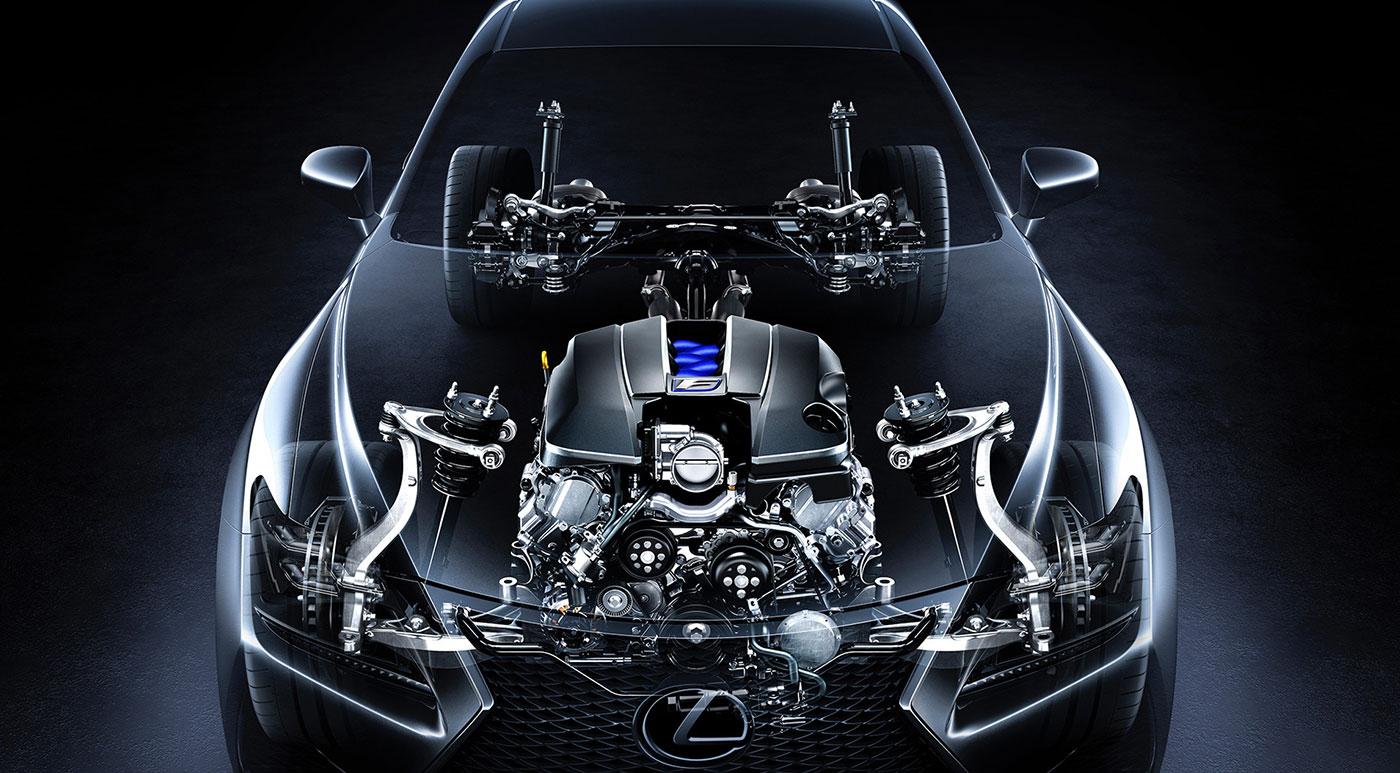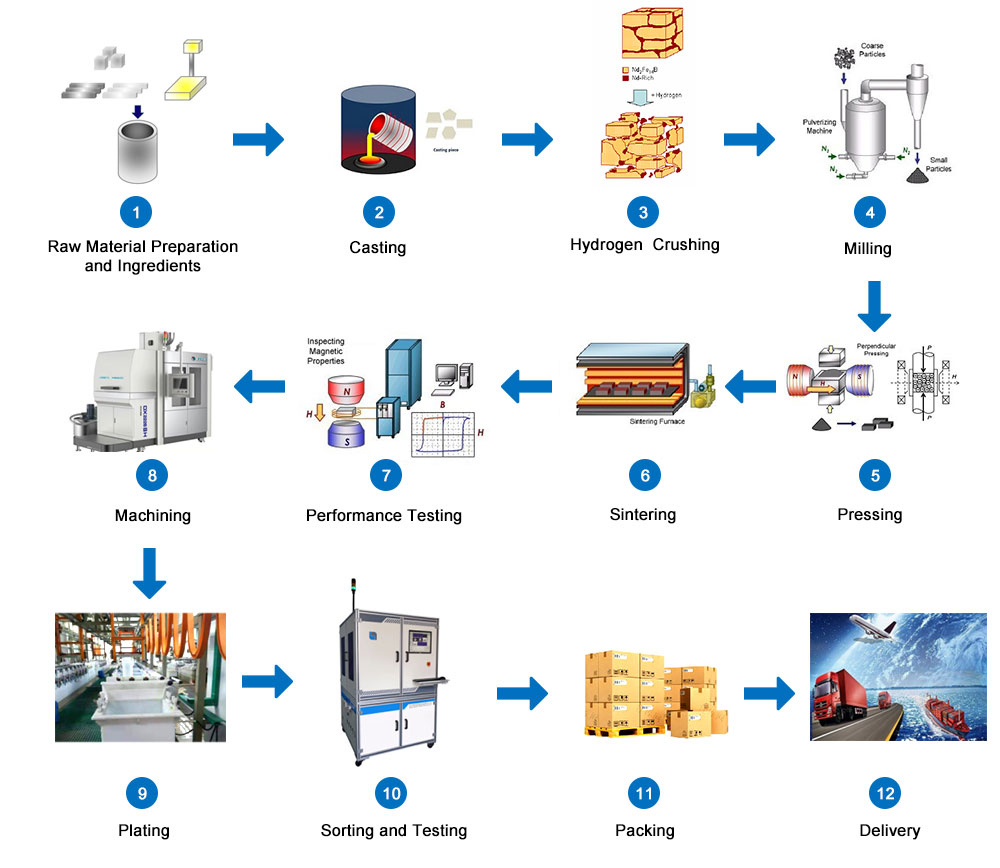Recently, a customer mentioned what is the difference between NdFeB magnets of different grades
1. What is the difference in maximum energy product between N42 and N45?
The (BH)max standard of N42 is 40-43MGOe, and the (BH)max standard of N45 is 43-46MGOe
2. What is the difference between N42 and N45 remanence?
According to the information, we can find that N42 is 4200gs and N45 is 4500gs, right?
It cannot be said that there are many factors that will affect it. N42 and N45 are magnetic grades, and 4200gs and 4500gs are the magnetic field sizes calculated based on the grade and magnet size. Generally, the larger the area of the magnet, the lower the surface magnetic dispersion.

In the case of the same shape and size, N45 will statistically be about 2% higher than N42 (surface magnetic flux density)
Three, let's give everyone a reference
N42 neodymium iron boron magnet table magnetic size reference:
N42 NI plating 10*10*3mm about 2835gs
N42 plating ZN 75*4*5.8mm about 4000gs
N42H plated NI D6.8*D3.9*0.93 about 1380gs
N42 plating ZN D74*D10.5*47 about 4550gs
N45 strong magnetic table magnetic size reference:
N45 plated NI D4xD1x1mm about 3050gs
N45 plated NI D6*12mm about 4600gs
Can the magnet reach 8000GS? Can it reach 13000GS? How much magnetism can be achieved at most? How is the magnetometer calculated? Today I will tell you about the calculation of the magnetic table.
The simplest is that we have a calculation program, you only need to enter the corresponding brand, remanence, size, you can easily get the surface magnetic field strength.
The units of remanence are Tesla (T) and Gauss (Gs), the conversion method is 1T = 10000Gs
The magnet is magnetized by an external magnetic field in a closed circuit environment until the technology reaches saturation, and then the external magnetic field is eliminated. Remanence Br represents the maximum magnetic flux value that the magnet can provide. It can be seen from the demagnetization curve that it corresponds to the situation when the air gap is zero, so the magnetic induction intensity of the magnet in the actual magnetic circuit is less than the remanence. Neodymium iron boron magnets are currently the most cost-effective permanent magnet materials commercially available.


 sales00@jlmagnet.com
sales00@jlmagnet.com






